Frequently Asked Questions
1. Why is knife safety important?
2. What are common risks of improper knife handling?
3. What are some best practices for maintaining knife safety?
4. How should I store my folding knife safely?
5. How can I help educate others on knife safety?
When it comes to outdoor activities, home cooking, or various hobbies that require the use of cutting tools, understanding knife safety is crucial. Folding knives, which are compact and versatile, can be indispensable allies in these endeavors, but they also present unique risks. In this comprehensive guide, we’ll delve into the importance of knife safety and provide you with best practices to keep yourself and others safe.
The Significance of Knife Safety
In many cases, a knife is the tool that stands at the intersection of necessity and potential danger. Whether you're an avid camper, a culinary enthusiast, or simply someone who enjoys crafting, the ability to handle a knife safely can significantly reduce the chances of accidents. Portable folding knives are particularly popular due to their convenience, but without proper handling, they can lead to injury.
Understanding the Risks
Every time we use a knife, especially a folding knife, there are inherent risks involved. Here are some common accidents associated with improper knife handling:
- Cutting injuries: Misuse of knives can lead to cuts, lacerations, and even amputations.
- Stabbings: Falling or unstable grips can cause knives to slip and result in stabbing wounds.
- Environmental hazards: In outdoor scenarios, poor knife safety can lead to injury from uneven terrain or other obstacles.
Recognizing these risks is the first step in preventing accidents and ensuring safe practices when using any knife, particularly folding knives.
Best Practices for Knife Safety
Here are some essential knife safety practices that everyone should follow. These tips will make your experience safer and more enjoyable whether you are using a folding knife for cooking or outdoor tasks.
1. Choose the Right Knife for the Task
Before reaching for your folding knife, consider the task at hand. Different knives are designed for specific purposes, and using the appropriate knife can minimize the risk of injury. A folding knife is suitable for many tasks, but for some jobs, such as heavy-duty cutting, a fixed blade might be a better option.
2. Maintain Your Knife
A dull blade is often more dangerous than a sharp one because it requires more force to cut through materials, increasing the chance of slipping. Proper maintenance includes:
- Regular sharpening
- Cleaning after each use
- Inspecting for damage or wear
Investing time in upkeep will ensure that your folding knife remains effective and safe to use.
3. Use Cutting Boards
When slicing fruits, vegetables, or other food items, using a cutting board not only protects your surfaces but also provides stability. It reduces the likelihood of the knife slipping and causing injury. For outdoor activities, ensure you have a stable surface or a portable cutting board on hand.
4. Adopt Proper Grip and Stance
Your grip and stance can significantly impact your grip on the knife during use. Follow these guidelines for a secure grip:
- Grip the handle firmly with your dominant hand.
- Keep your fingers away from the blade's path by curling them under.
- Always cut away from your body.
By adopting a safe posture, you minimize the chances of an accident occurring.
5. Focus on Your Task
Distractions can lead to accidents in any situation, and using a knife is no exception. Always stay focused when using a folding knife. If you find your attention drifting, take a break before continuing your work. Being mindful of your surroundings and your actions can prevent injuries.
6. Store Your Knives Safely
When you are finished using your folding knife, store it properly. Here are some safe storage tips:
- Always retract the blade before storing.
- Use a knife sheath or case for protection.
- Keep knives out of reach of children and pets.
A safe storage solution not only protects the knife but also prevents accidental injuries.
Educating Others on Knife Safety
If you are an experienced knife user, don’t keep your knowledge to yourself. Share your understanding of knife safety with friends, family, and younger users. Educating others is an essential step in promoting a culture of safety, particularly for those who might be less experienced in handling folding knives.
Encouraging Safe Practices
Here are a few ways to educate others in safe knife practices:
- Host workshops or demonstrations focused on knife safety.
- Share informative resources on knife handling.
- Lead by example; demonstrate safe knife techniques when using a folding knife.
Helping others learn can cultivate a safer community of knife enthusiasts.
Conclusion: Embrace Safety and Enjoy Your Knives
Knife safety is not just a set of rules; it’s a mindset that promotes the responsible use of cutting tools like folding knives. By adhering to best practices, maintaining your equipment, and sharing your knowledge, you’ll create a safer and more enjoyable environment for yourself and those around you. Remember, the art of using a knife lies not only in the skill of the cut but also in the precautions taken to ensure safety while doing it.
With these guidelines in mind, elevate your knife skills and enjoy the versatility that folding knives bring to your daily adventures. Stay safe and happy cutting!


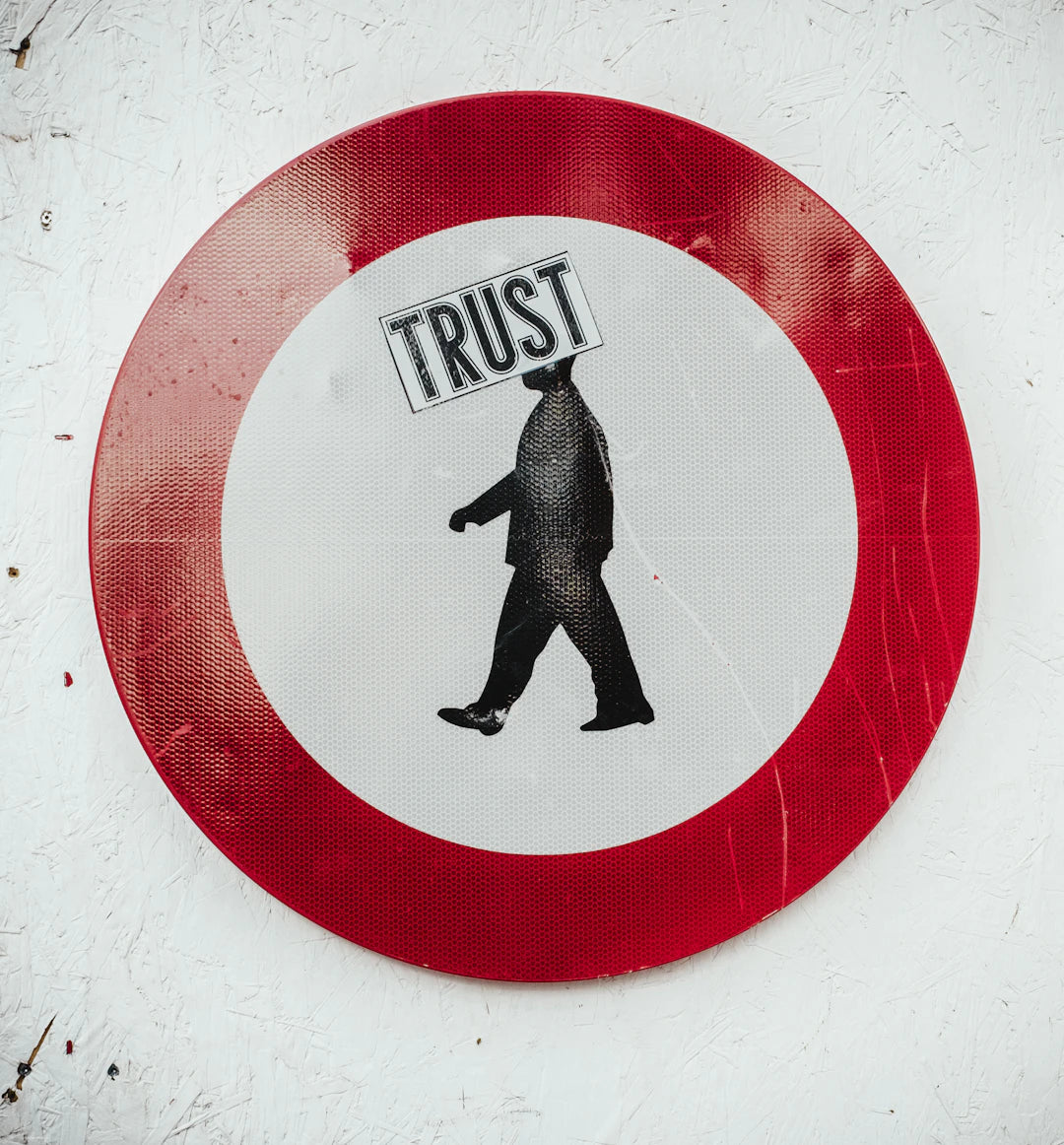



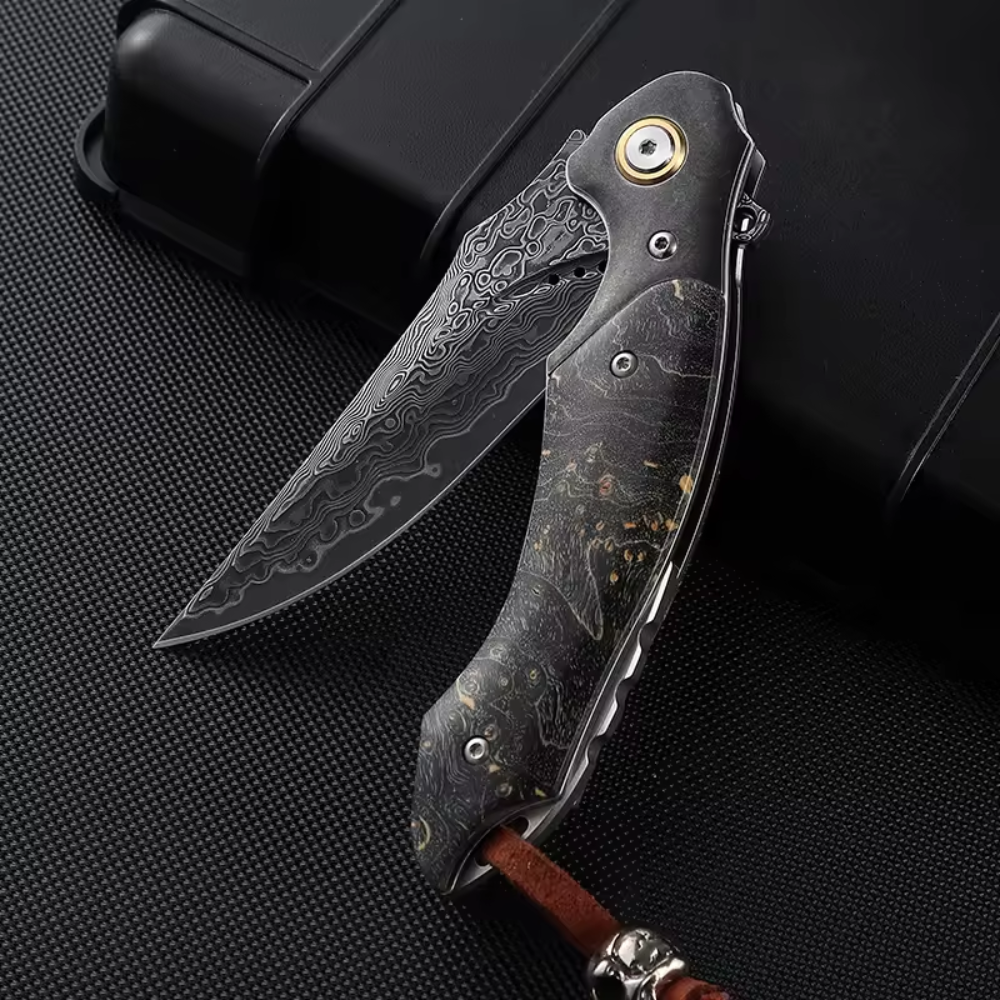
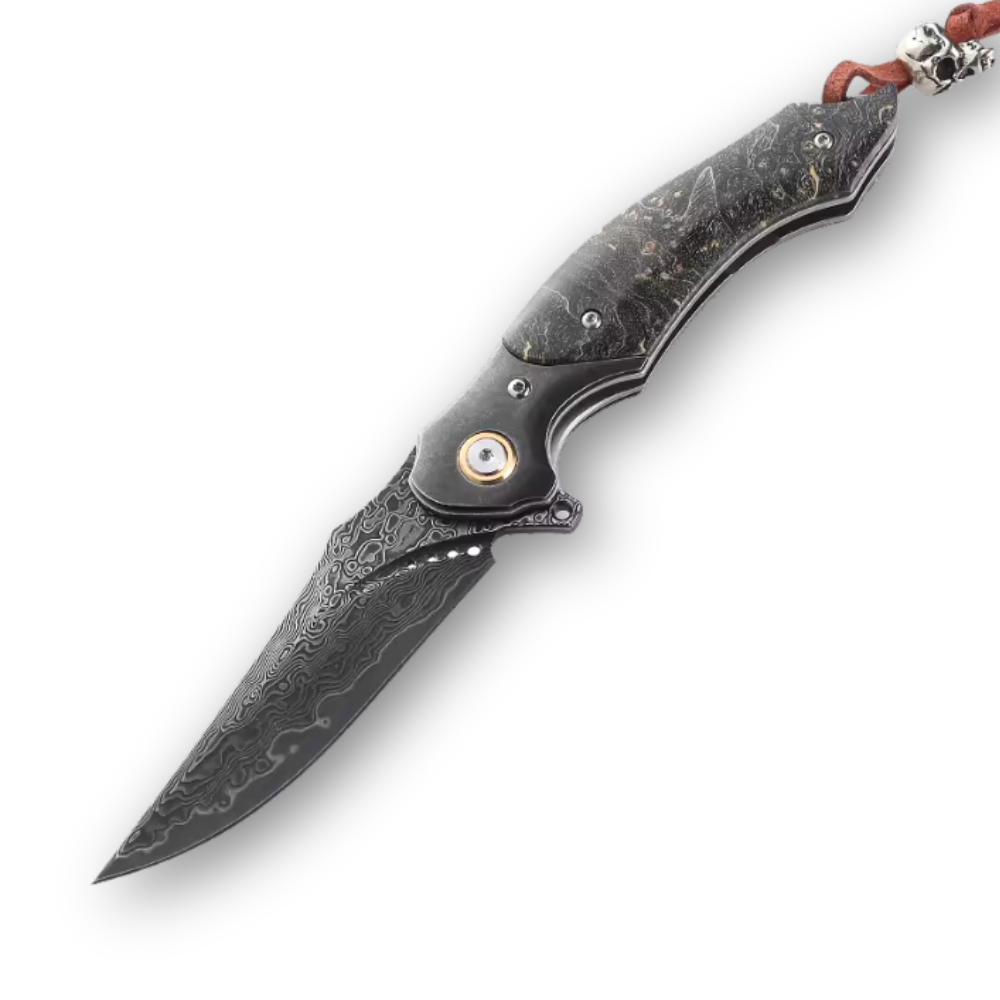
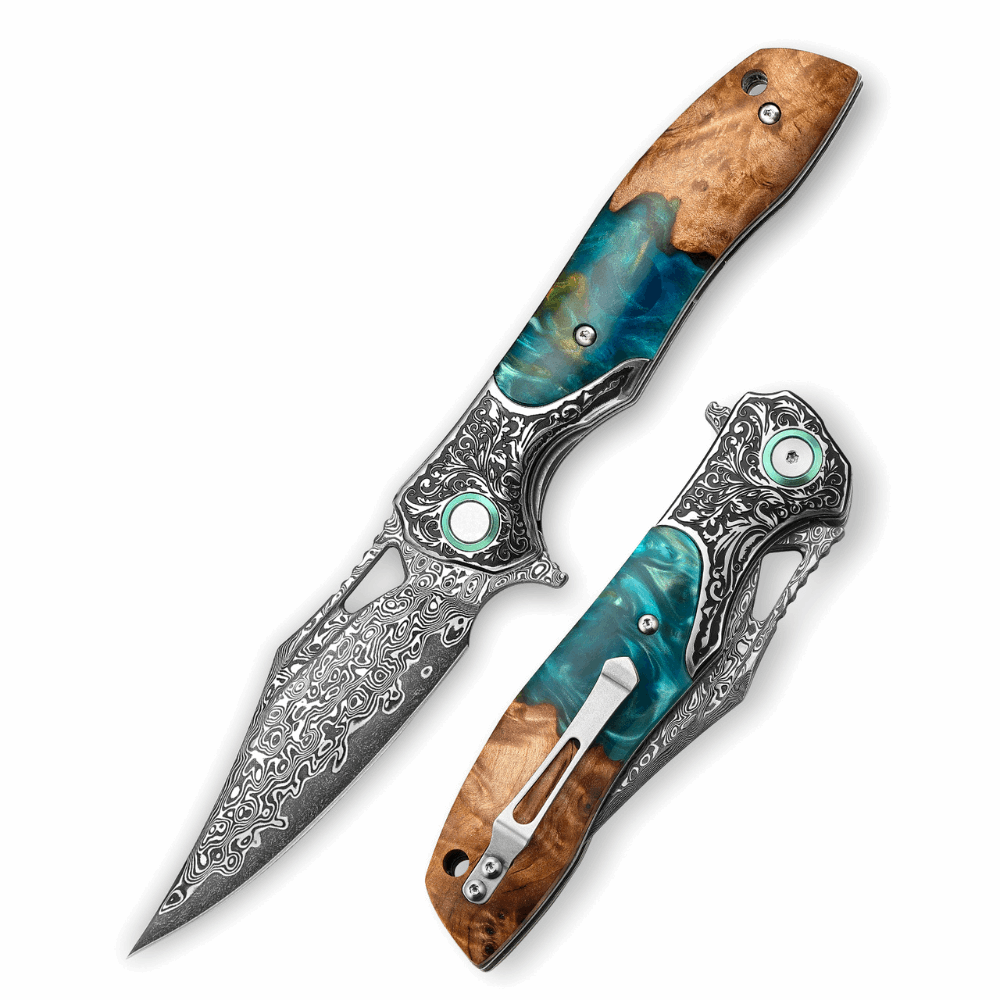



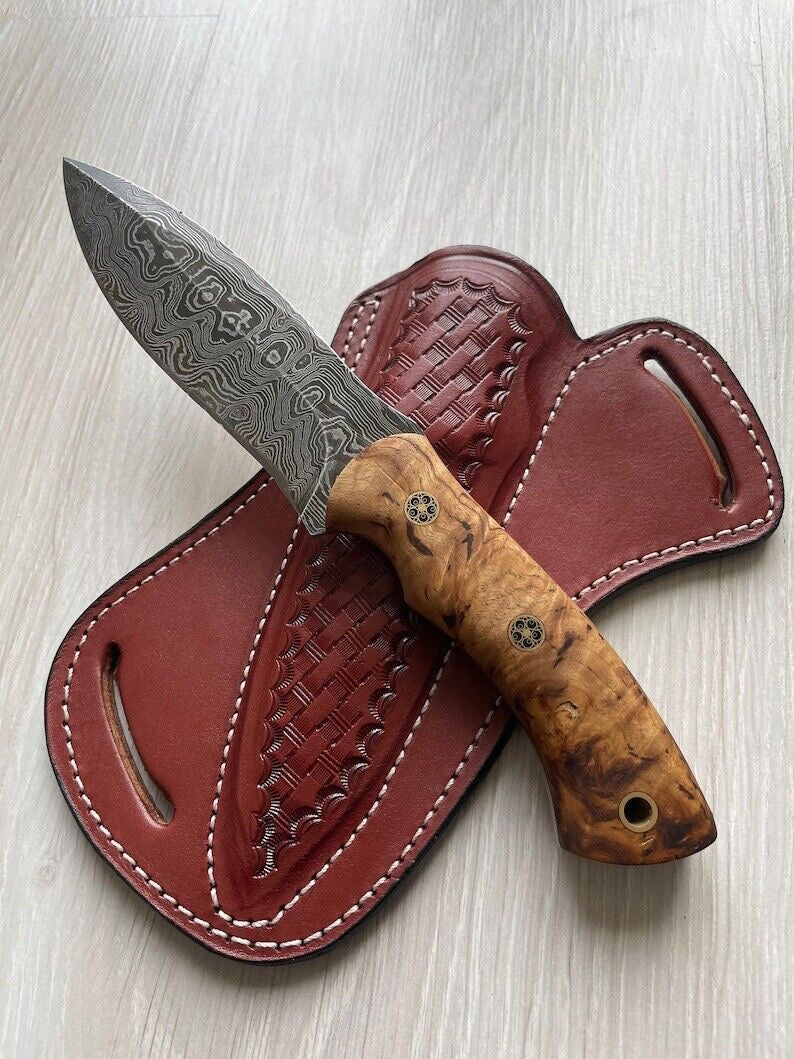
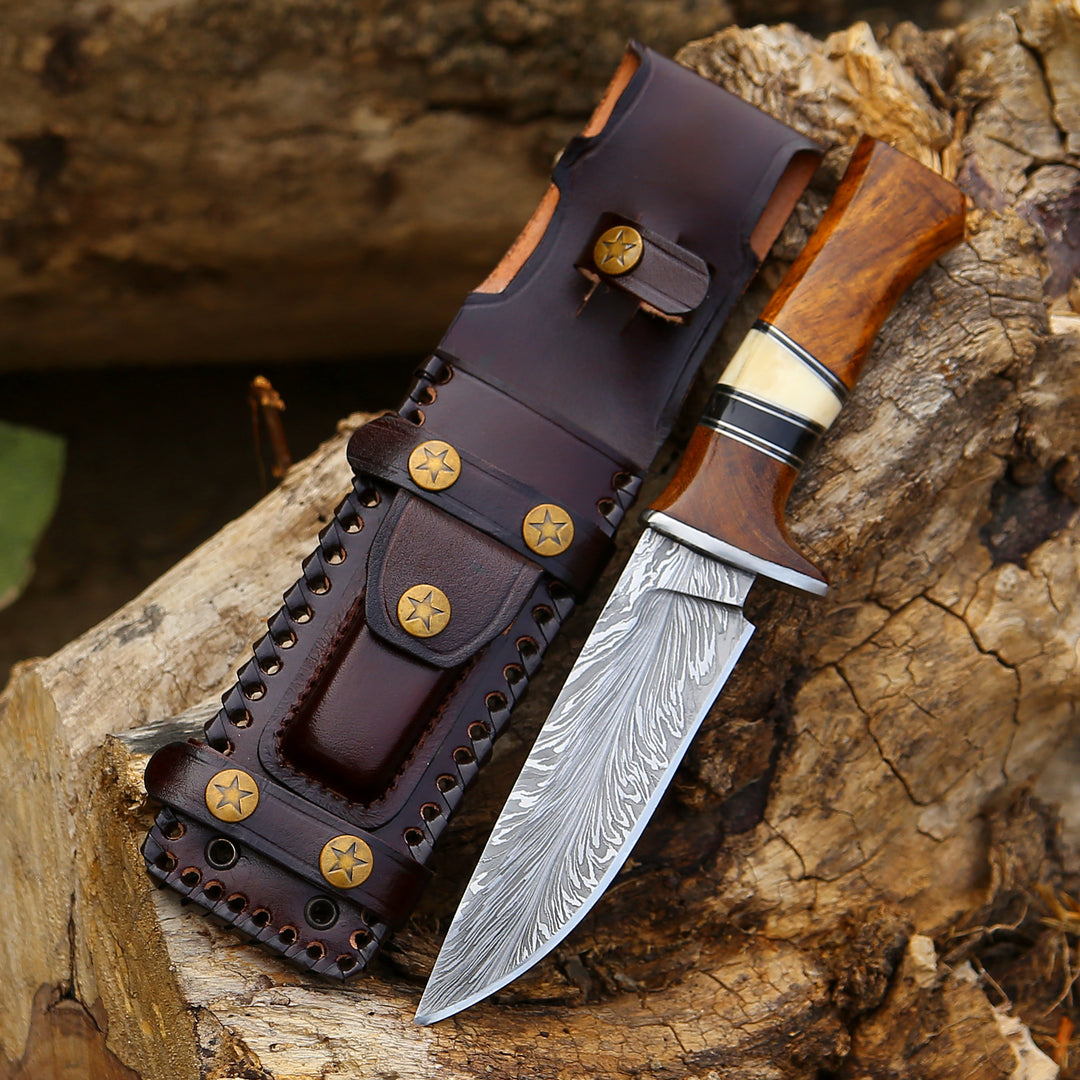
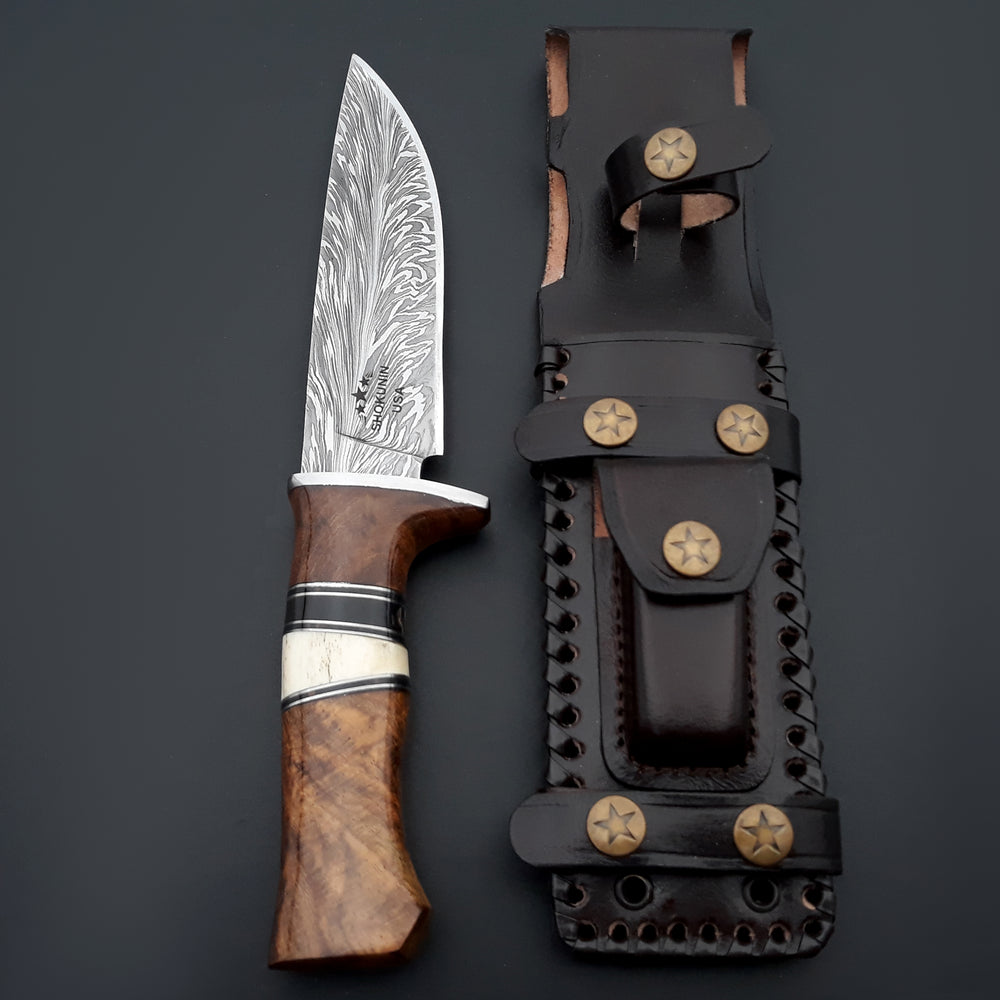


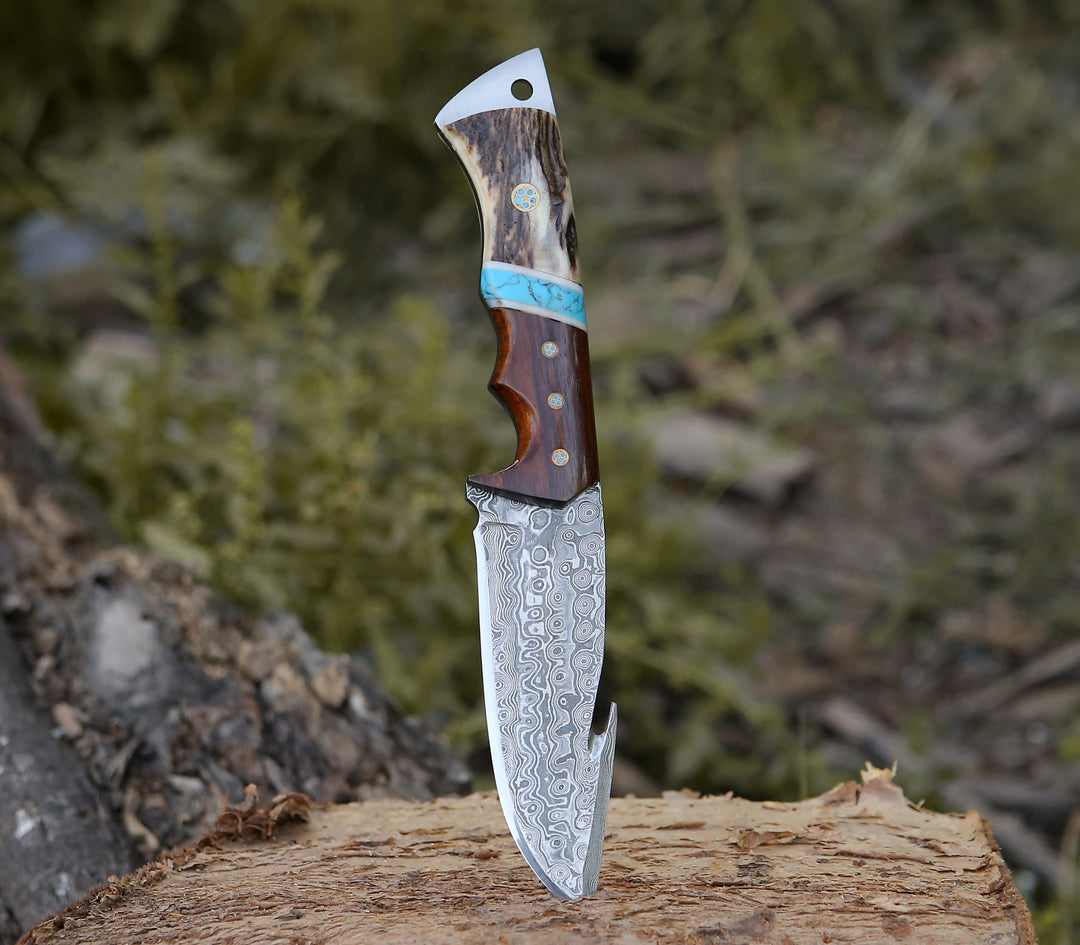
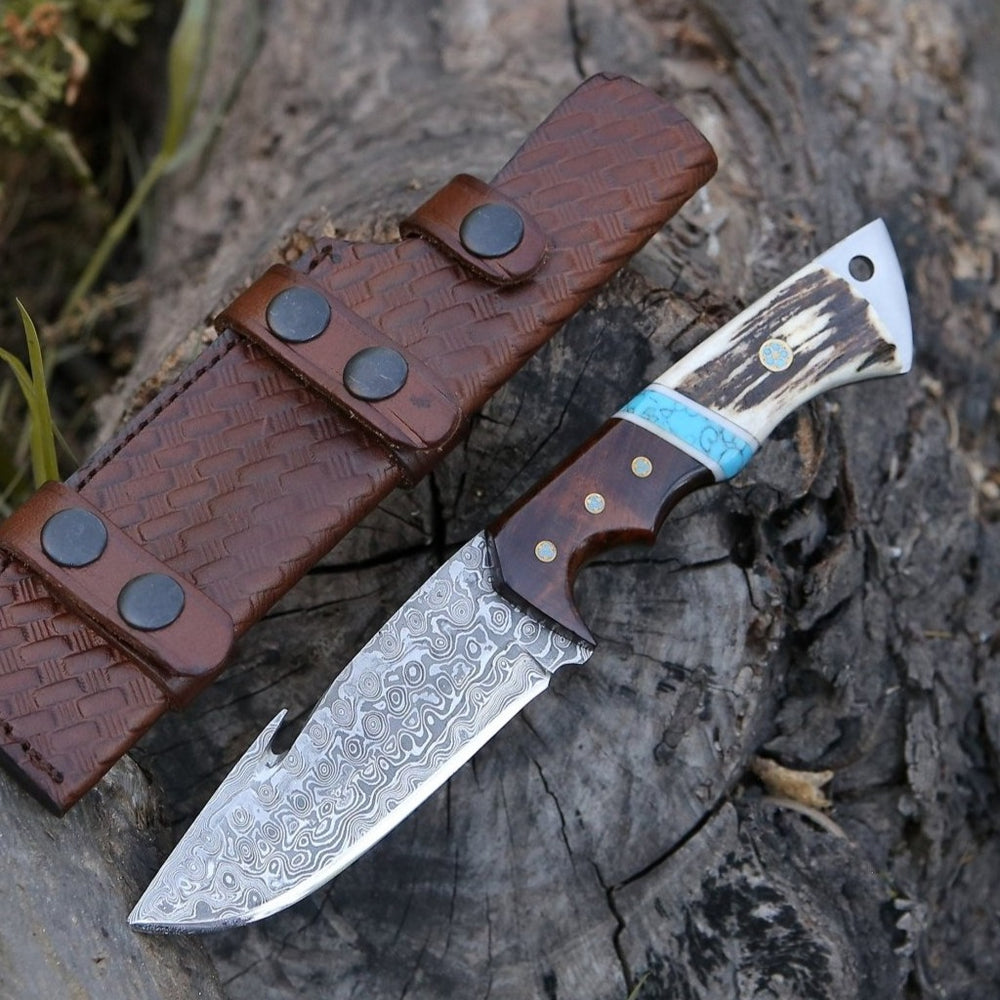
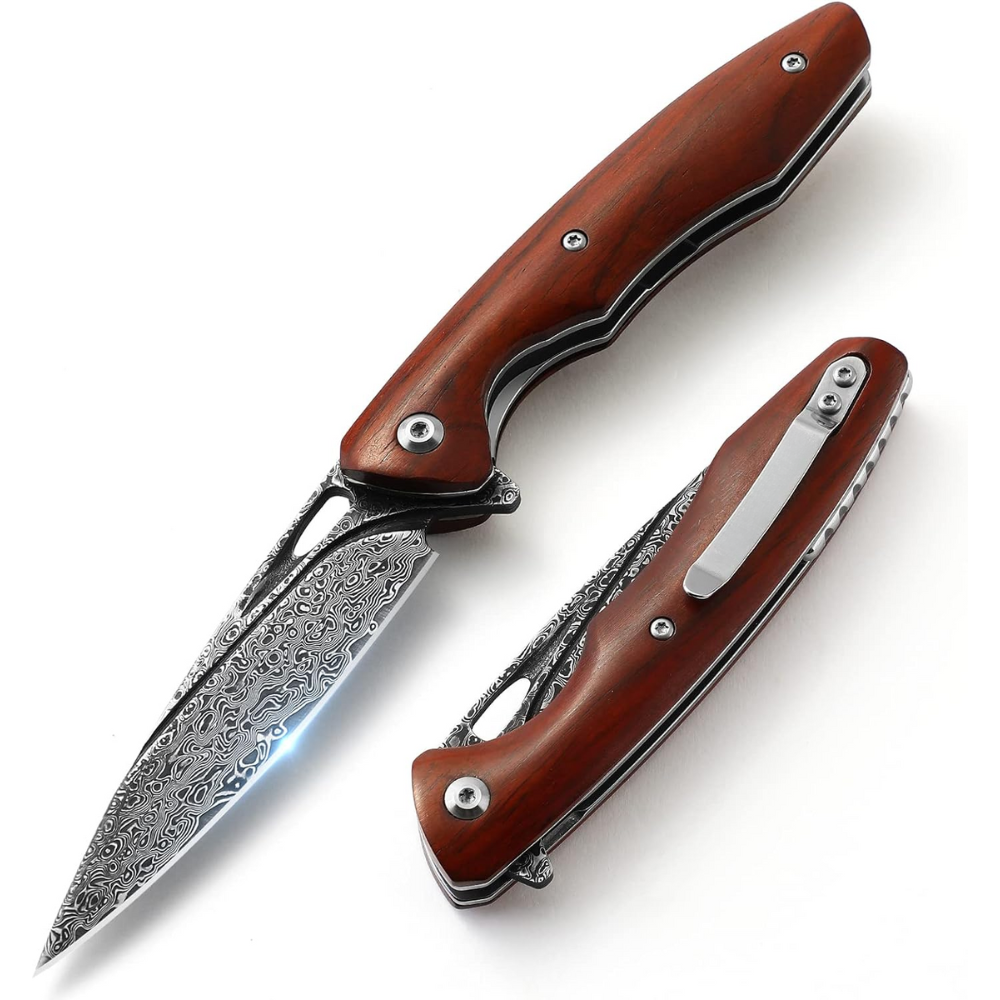
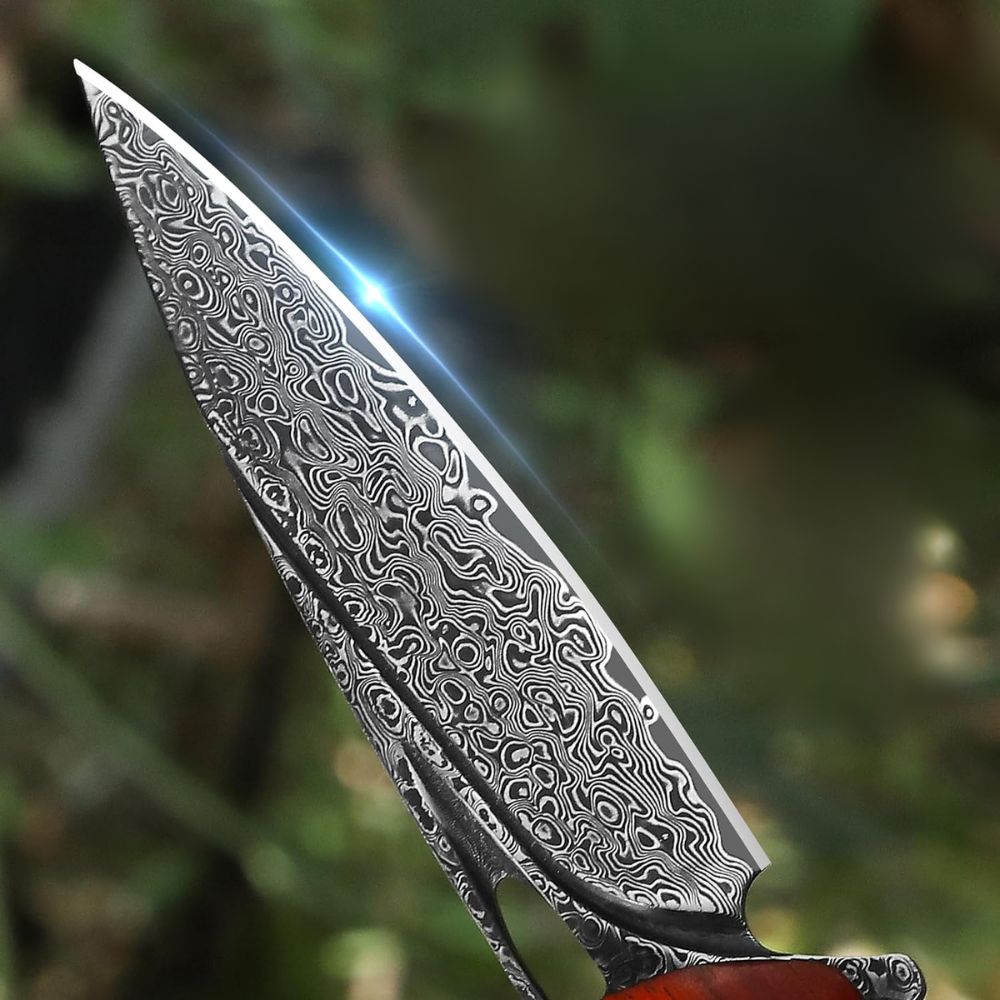

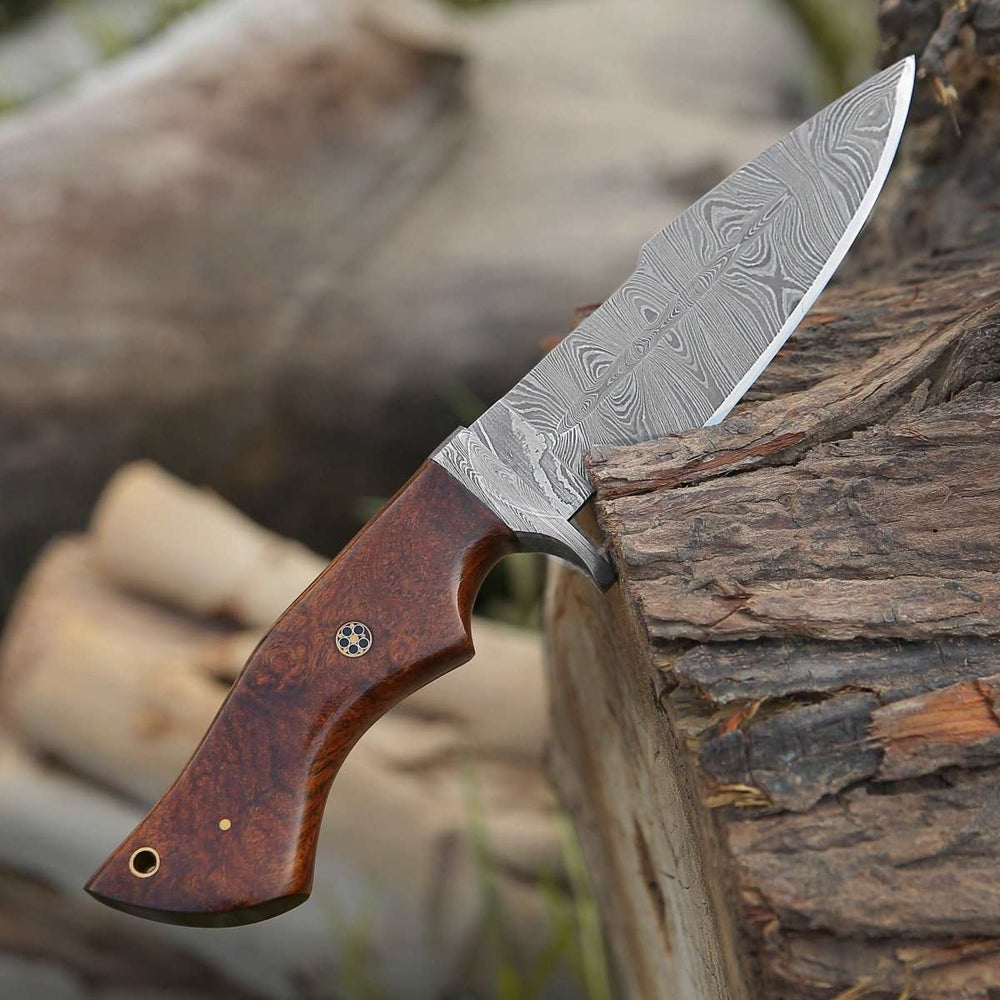
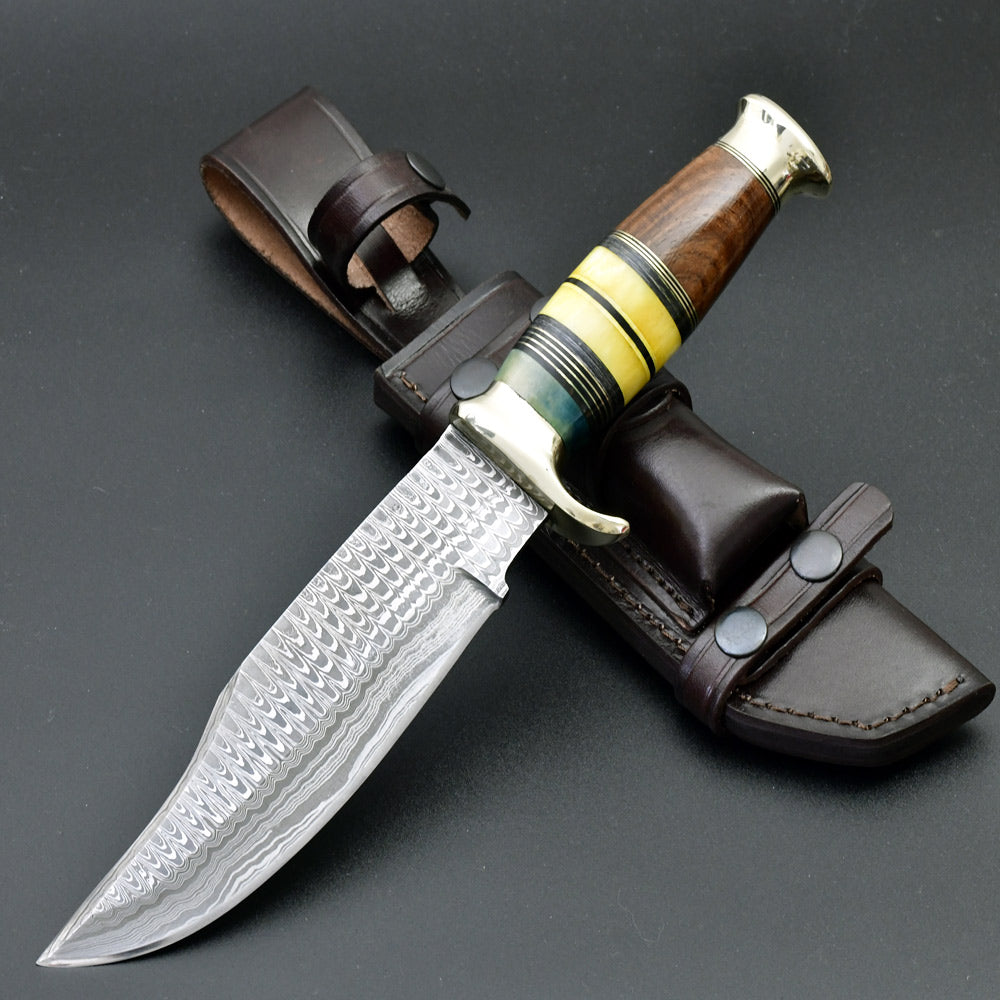
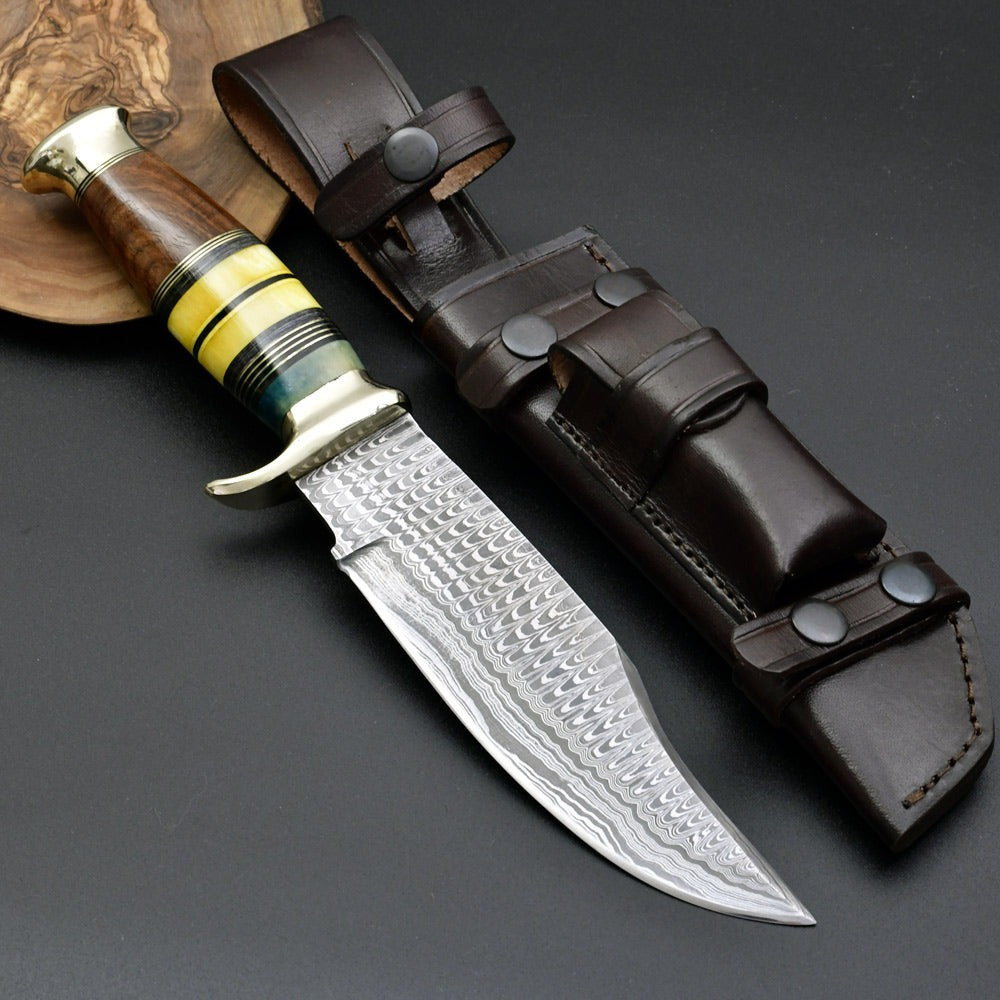

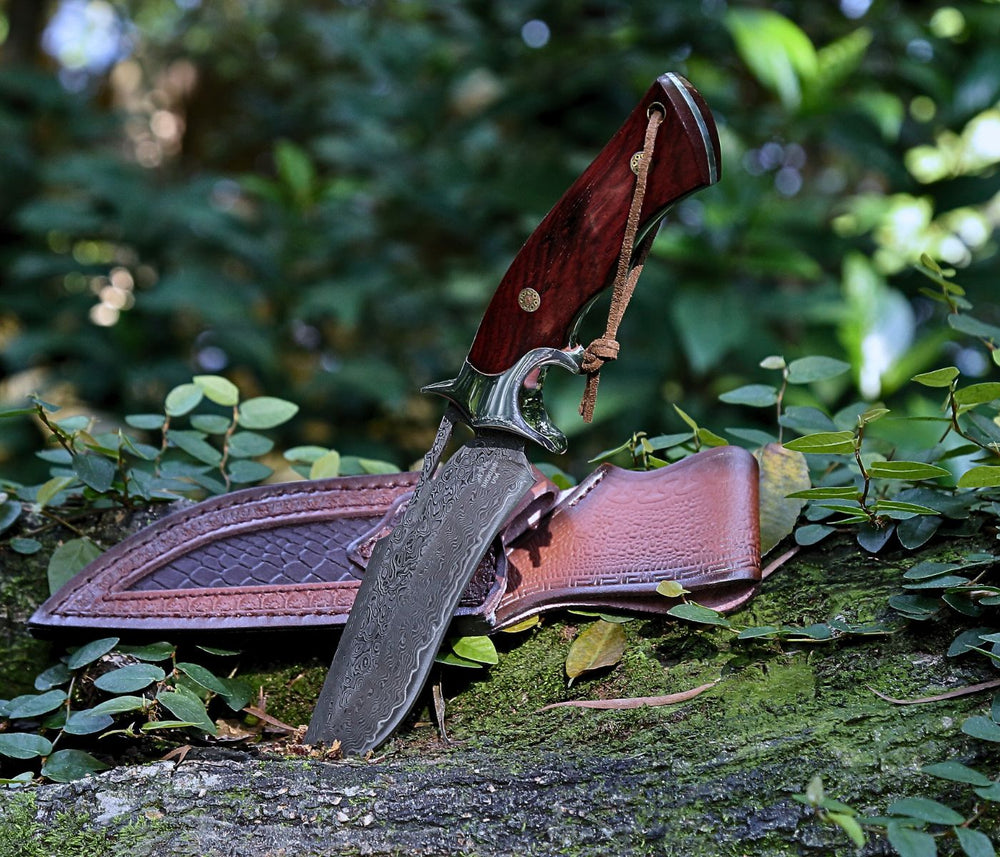


Leave a comment